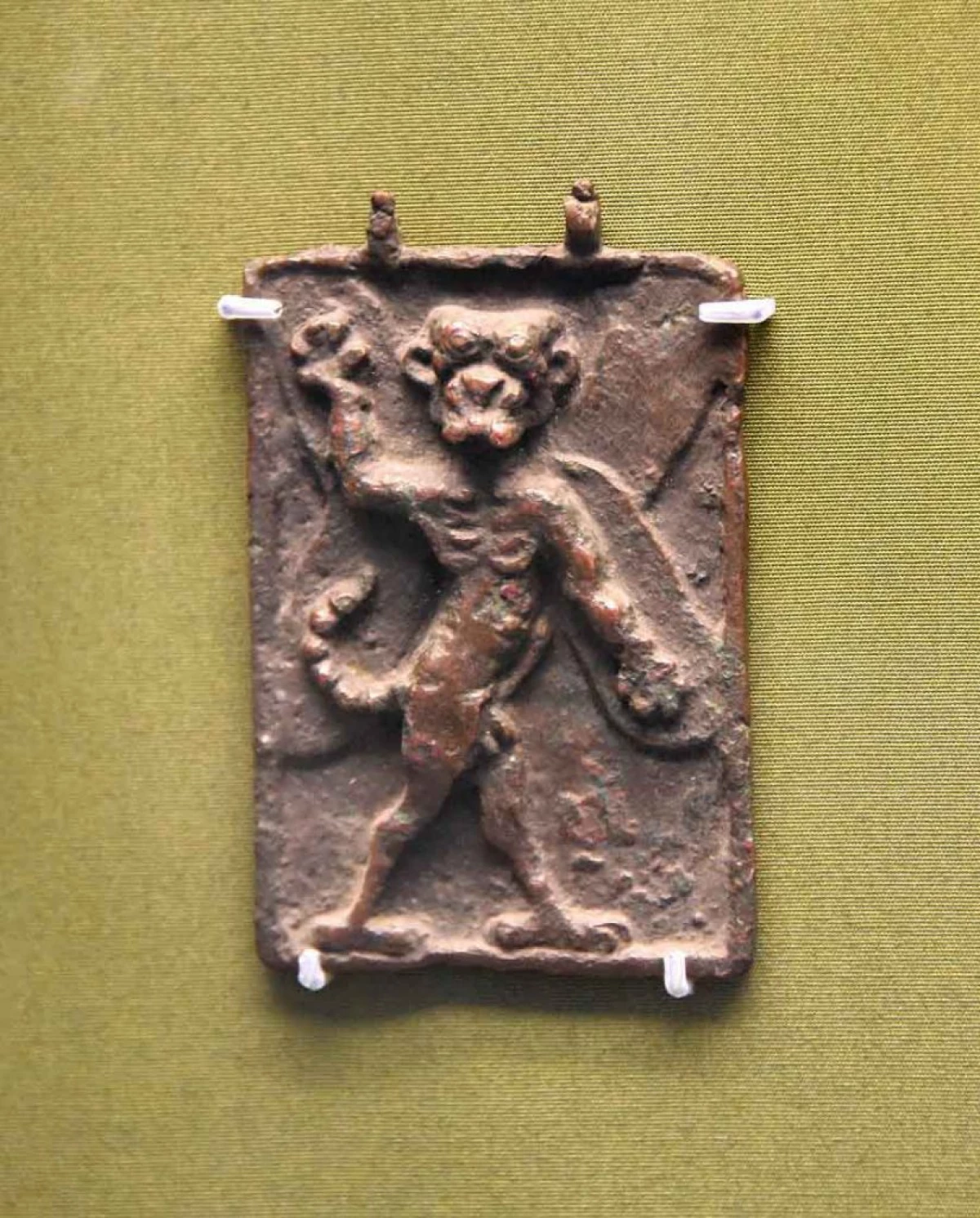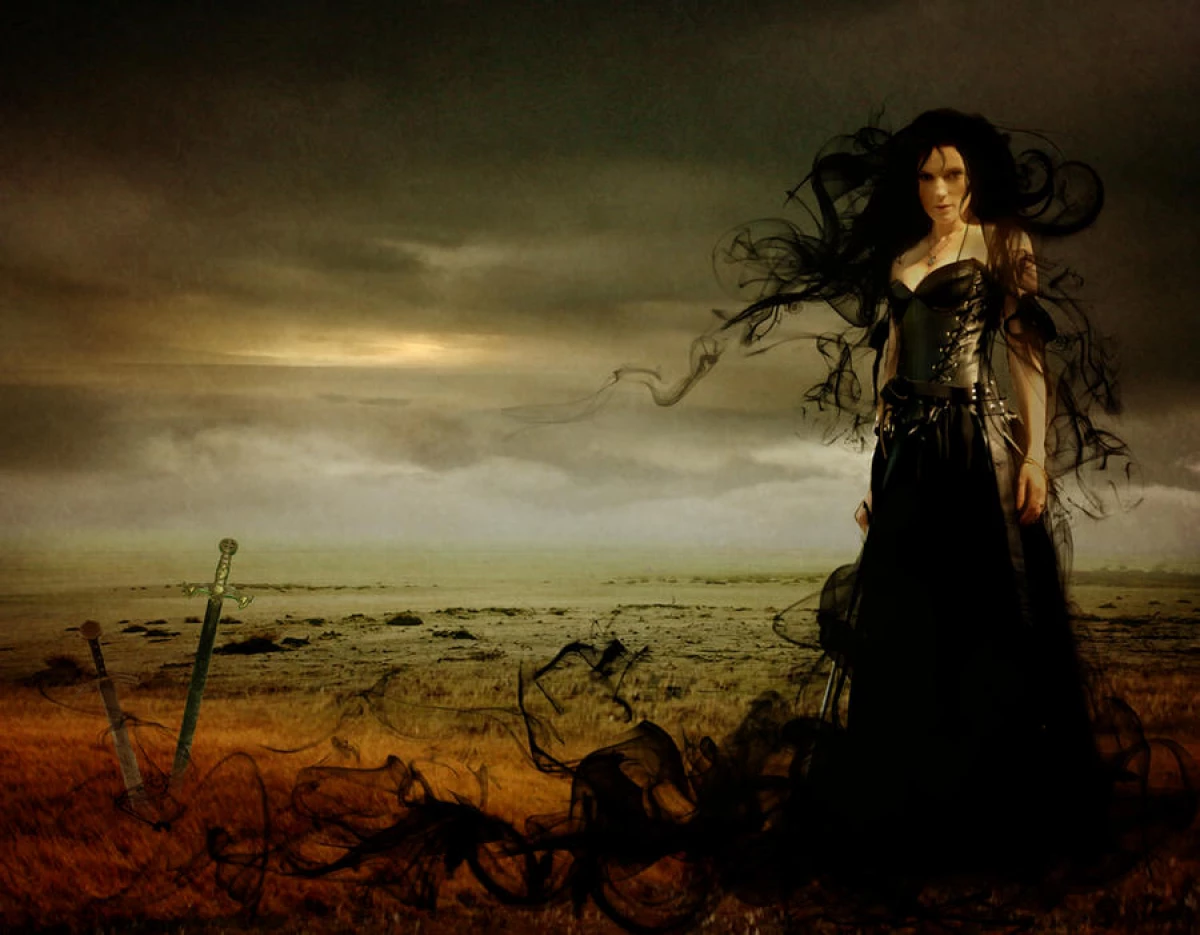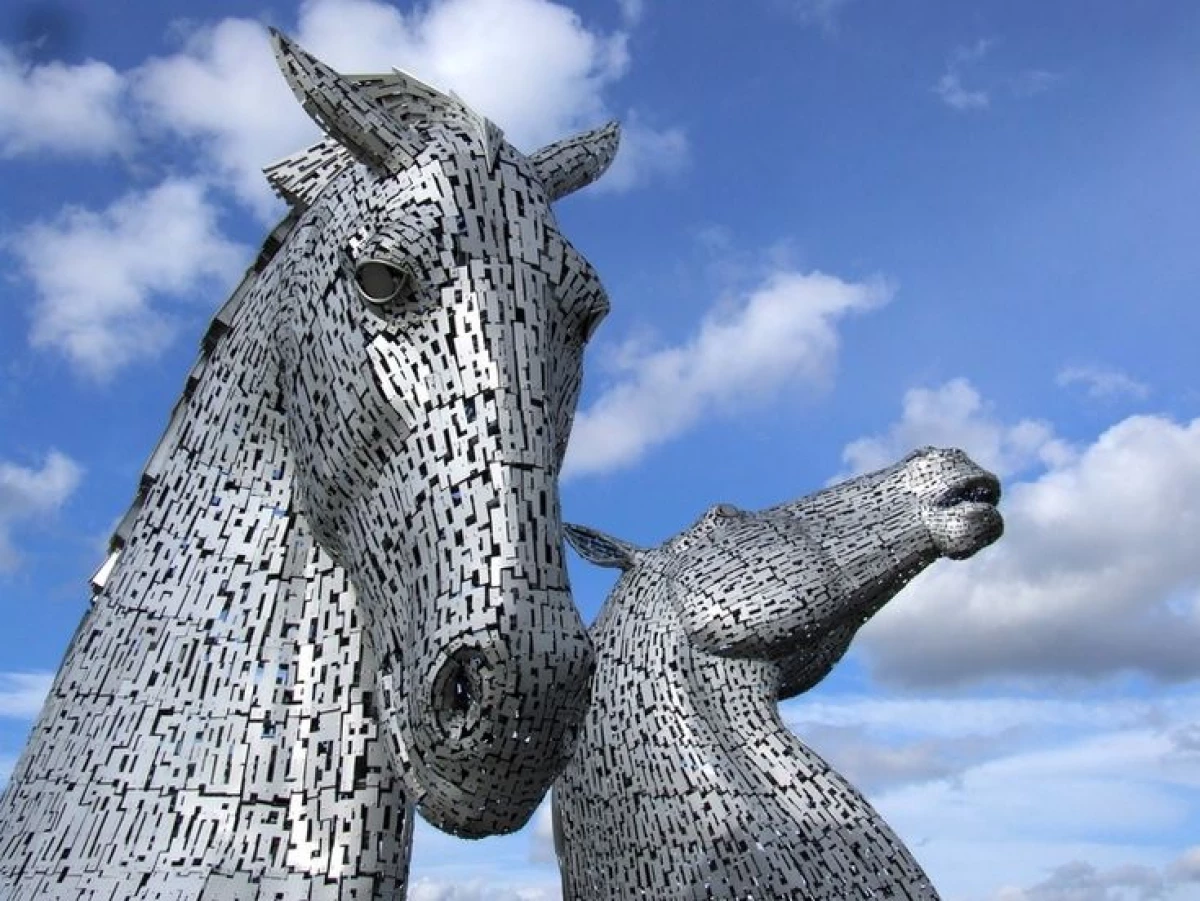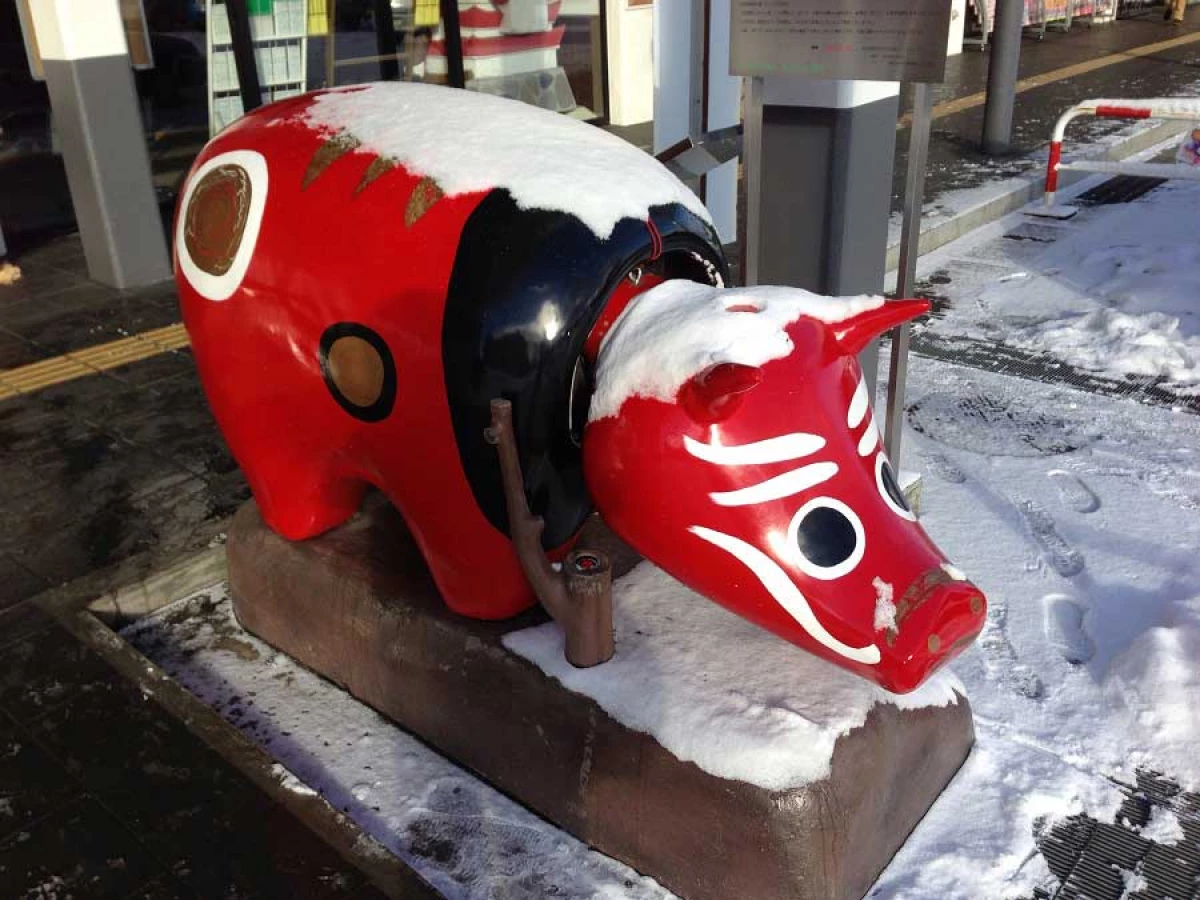In ancient times, mythology served as a tool, with which our ancestors tried to explain the device of the world and answer the question why he works as it works. Then people had no knowledge enough to understand why there were diseases, natural phenomena occur. Everything was explained by magic. People were convinced that everything around is endowed with supernatural power, which can help, so to send trouble. To communicate with this force, amulets were created, figures of deities, prayers and spells were composed. Thanks to mystical artifacts and images, our ancestors learned the world around, interpreted certain events.
Example. An ancient man noticed that at the sight of a poisonous snake, he involuntarily freezes and cannot move away. How to explain why such a reaction appears? - Magically: accuse the snake in witchcraft. Thus, the image of Vasilisk appeared in the Wester-European folklore - the giant snake, which turns his eyes all living in stone.
One more example. Scientists write that the main fear of our ancestors was associated with the death of children in infancy. In those days, child mortality was colossal, it represented the greatest danger to any tribe, threatening the cessation of the genus. People tried to understand why newborns are dying so often, and find a way to protect them. High mortality was associated with the fishery of the demons, and the defense was found in the deities and amules specially created for this purpose.
The fact that people experienced a huge fear for the life of newborns confirm the archaeological excavations. As the historian Mark Joshua in his article writes, among all the found religious artifacts, most of the children's charms are.
In our material we will talk about 9 mythical beings that were protected or frightened by the people of past epochs.
PazuzuWind demon in Assyrian-Babylonian mythology. The sneakers were portrayed as humanoid with a face of a dog, scattered eyes, scaly leather, large wings, claws and genitals in the form of a serpentine head.

The sneakers are an evil demon, but sometimes he served as a defender. The statuettes of this demon were often put in homes, especially in children's rooms. It was believed that if we had a daze of respect in this way, he would turn his anger to everything that threatens the security of the dwelling. Statuettes The sneakers were often used to protect against another demon, Lamaste - a lionogol woman who "hunted" on pregnant and newborn children. Assyrians and Babylonians believed that Lamaste could harm the woman during childbirth and the most child.
DemonCollective image of dwarf deities in ancient Egyptian mythology. The deva was depicted as a smiling dwarf with a beard, pesting tongue and thick legs. It was considered the deity of fertility, the keeper of a homely hearth, as well as a defender of pregnant and newborns.
The image of the Divine Archaeologists found on the walls of the ancient Egyptian maternity hospitals, temples. The well-preserved image of the demon can be found in the temple of the goddess Hathor fertility in the Egyptian city of Dandara.

The female analogue of the demon is a goddess Bastete with a cat's head and a man's body that defended people from evil spirits and demons. The deva is closely associated with the patrone's goddess of the fever and pregnant Taurh, the last depicted in the form of a hippopotamus with a drown language standing on two legs.
Taurh's figures and devil put on the shelves in the rooms of pregnant women or brought to the temple so that the births went easy.
LamiaCharacter from ancient Greek mythology, Lover Zeus. According to the legend, the wife of the thumbnail of the husband, having learned about the treason of her husband, cursed Lamyia, the bypass on her insomnia, so that she was tormented by day, and at night. One of the versions of the myth says that in addition to the insomnia, Gera lowered to Lamia also thirst for children's flesh. Lamia took away their children from their parents and devoured them. Historians write that even in the Middle Ages, the image of Lamy remained popular, the parents scared the creature of their children when they did not want to go to bed.
Lamyia portrayed as a Werewolf woman, at least in the first century of our era. People believed that she seduces young people to drink their blood.
NianGiant bird from ancient Chinese mythology, having a high in the mountains or in the sea. Once a year, on the eve of the New Year, Nian came out of his logow to fall into the villages and destroy the harvest and cattle, but most of all the nanny loved to be eased by children.
The Chinese portrayed this bird with a lion's face, horns on the head and sharp sticking teeth. It was believed that there are no larger creature on Earth than Nian.
Bird can not be killed by anything, because she is immortal, it can only be driven for a while. The Chinese believed that nurse was afraid of loud sounds and red. It is for this reason that the Chinese New Year celebrated and still celebrate with drums, fireworks, fireworks, parades, the holiday uses decorations and red-colored items.
ISH TabIn Maya's mythology, the female deity of suicide and sacrifice. I was depicted as a hollow hanging on a loop that went down from heaven. It was believed that ISH Tab comforts suicides and delivers them straight to heaven after death.
Maya Indians believed that the afterlife begins with a dark and dangerous labyrinth, in which there are many traps. These traps prevented the soul to achieve the foundation of the world tree, the entrance to the underworld - the chibalbu, having passed that it was possible to climb up the tree and get to heaven.
ISH Tab descended from the branches of the world tree and delivered the suicide soul to heaven before she falls into the chibalba. Thus, the soul was delivered from suffering.
The Cult Ish Tab from Maya existed in order to consolidate the consciousness of people a positive attitude towards suicide. As a result, people voluntarily went to ritual suicides that equated to the sacrifices of the gods.
MorriganIn the Irish mythology, the goddess of fate and war. Could not only predict the future, but also influence him. It was believed that Morrigan could choose who will live, and who will die in battle.
Considered as a Triune Divine: Morrigan, Nemine and Badb (Goddess of War).

Historians write that Morrigan personified with the feast of Samine, Celtic New Year. During the onset of Samayn, in the last month of autumn, the veil was opened between life and death, the dead walked among the living and could interfere in their lives. Morrigan took the appearance of a crow, this bird was considered one of the character symbols.
Samine became the prototype of modern Halloween.
MananangalVampire, drinking the blood of people in the Philippine mythology. Depicted in the form of a woman with wings.
The Philipins believe that Mananangals are hunting only at night. Before the hunt, they are divided by half, leaving the lower part of the body stand on the ground, produce wings and fly to the search for victims. With the help of your split language, the vampire sucks blood in pregnant women and thus takes the baby's life.
Mananangals personify the fear of the darkness and unknown, like all the vampires, they cannot carry the sunlight, for them it is mortal. If someone can find and destroy the lower part of the body of Mananangals (with salt or garlic), the creature will die.
KelpiIn the Scottish Mythology of the Water Spirit, the waswolf. Typically, Kelpi is depicted in the appearance of a horse, but sometimes as a beautiful young man who fascinates the travelers - most often children and young women - puts them back, and then fascinates into the water.

Historians write that Kelpi was invented as a creature for intimidation, above all, children. The child whom parents scared Kelpi will be careful to behave at the shore of the lake or river.
AkabekoTraditional toy in the form of a red bull in Japan. His prototype was a cow, which allegedly lived in the 9th century AD. In the region of Aizz. The legend says that during the construction of the temple of the Buddha Cow decided to devote himself to serving this deity. According to one version of the legend, the animal turned into a stone to become part of the building, on the other, lived a long life in the territory of the temple.

In Japan, Akabeko becomes a sacred animal in the 16th century AD, during the rule of Toytoma Hideyashi (approx. 1585-1592. N. E.), At the same time, they begin to produce the first toys for children in the Eidza region. The Japanese believed that the "red bull" had a healing force and mysteriously saves children from smallpox and plague, so such a toy had to stand in the house.
Akabeko toys produced in Japan until now. Many Japanese to this day give a "red bull" supernatural strength and believe that it can protect against disease.
We advise you to read: marriage in 12 years and no divorce. Life in the Byzantine Empire from birth to death
We are in social networks: Twitter, Facebook, Telegram
Watch out for news in Google news and read Materials not published in Yandex Zen
